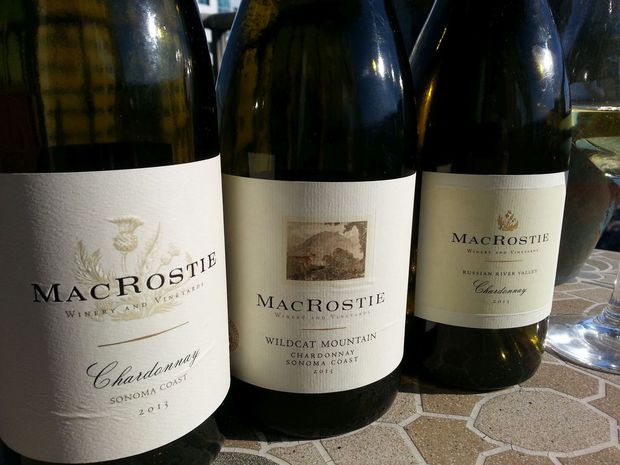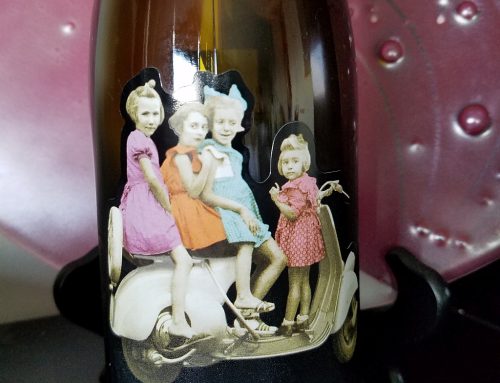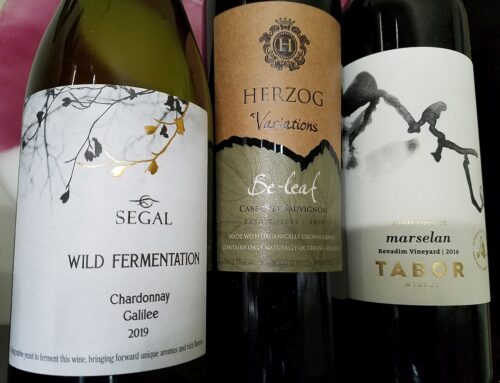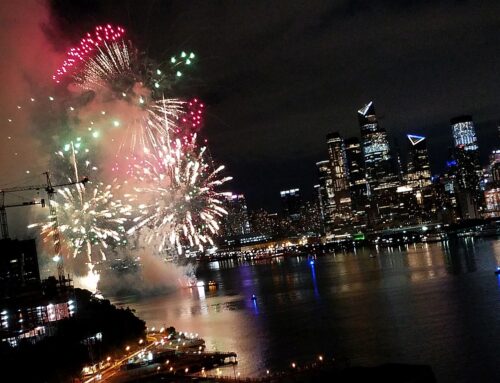For decades, I’ve enjoyed chardonnays made by Steve MacRostie.
MacRostie founded his eponymous Sonoma County winery in 1987 after more than a decade as the winemaker at Sonoma’sHacienda Winery. I appreciated Hacienda’s balance, and, in the 1980s, had its wines on my list at Le Delice restaurant. And in the 1990s, MacRostie chardonnay retained a prized placed on my list at Sonoma Grill.
As a chef, I valued balance. Too much alcohol, oak flavor, tannins or fruitiness in the wine destroyed my dish; MacRostie’s chardonnays never did that.
Sonoma Coast chardonnay is all the rage today; but MacRostie has been buying grapes from Sonoma Coast growers for years. When I poured the clear-as-spring-water 2013 MacRostie Sonoma Coast Chardonnay, fragrances of lilies and pears floated from my glass, and delicious ripe apple and guava flavors rolled across my palate. I was pleased with the wine’s medium body, minerality and cleansing acidity- and delighted not to taste a trace of alcohol in the finish. The less than $20 price tag is its own pleasure.
The 2013 MacRostie Wildcat Mountain Sonoma Coast Chardonnay is from the only vineyard that MacRostie owns. While the tasty fruit is from four sections and four chardonnay clones, the vineyard’s volcanic soil contributes a noticeable minerality and stony backbone to this wine. It retails for about $36.
If I were still in chefdom, I’d serve either MacRostie Sonoma Coast Chardonnay with seared scallops, passionfruit sauce, and roasted fennel; or enjoy it with grilled striped bass or red snapper.
Russian River Valley is rightly-acclaimed for its quality chardonnay grapes. However, some winemakers turn them into liquefied cotton candy or jujyfruit-flavored wine. Winemaker Heidi Bridenhagen was more respectful; she produced a Burgundian-styled 2013 MacRostie Russian River Valley Chardonnay.
Sometimes it’s what a winemaker doesn’t do that makes a difference. The grapes for the 2013 MacRostie Russian River Valley Chardonnay were picked before they became overripe, and of the 22 barrels that Bridenhagen used for fermentation, only four were new. That’s why this wine has a pleasing floral and pear scent, and doesn’t mimic the smell of carnival cotton candy.
Then, Bridenhagen withheld 15 percent of the wine from a second fermentation that changes the malo acid (think green apple) to latic acid (think milk). This retained the grape’s natural acidity, giving the 2013 MacRostie Russian River Valley Chardonnay a line of citrus character under the white peach and nectarine flavors. And like a Vivaldi violin sonata, the last notes are soft and long.
Currently, the 2013 MacRostie Russian River Valley Chardonnay is available only at the winery at $32. Perhaps, MacRostie’s distributor, Fedway Associates in Basking Ridge will request a few of the 521 cases that were made.
In 2011, MacRostie was sold to Lion Nathan USA, an importer and producer of Australian and New Zealand wines, and owner of Oregon’s Argyle winery.
There’s a long history of corporations buying boutique wineries, then expanding the volume, making the bean-counters happy, and the heretofore happy consumers sad. As of today, MacRostie’s chardonnays have retained their elegance; let’s hope the future reminds in balance.










Leave A Comment